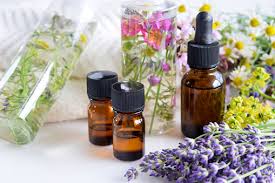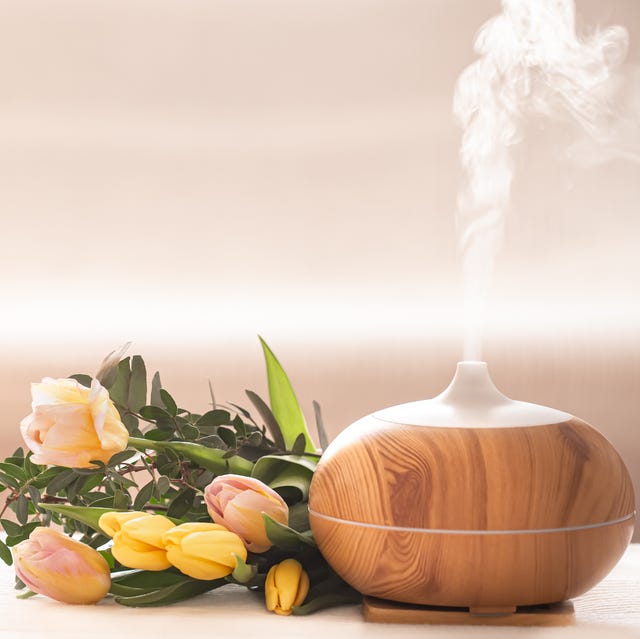Could Aromatherapy Help Ease Painful Symptoms?
The pleasant modality is becoming a more integral part of mainstream medicine.
If you consider how the smell of fresh-cut grass or peeled orange can immediately lift your mood, you may not be surprised to learn that certain aromas can calm nerves and even alleviate pain.
“Plant aromatics have been used in herbal medicine for hundreds of years,” says Christina Russell, R.N., who is certified in healing touch and uses plant essences to help treat pediatric patients as the healing touch coordinator at Nemours duPont Hospital for Children in Delaware.
Here, she explains why this pleasant modality is becoming a more integral part of mainstream medicine.
What is aromatherapy?
Aromatherapy is not a cure for disease; it’s the use of oils from the roots, leaves, seeds, or blossoms of certain plants to reduce stress and create a healing environment. These essential oils are absorbed through different routes: inhalation, topical absorption, or, in some cases, ingestion. Inhalation is the fastest and safest way of getting oils into the body.
What happens to essential oils in the body?
The scent travels from the olfactory nerves or through the bloodstream to the brain, which then sends messages to areas of the nervous system that control mood and perception of symptoms such as anxiety and pain. It’s basically a chemical reaction of the receptors in the brain responding to the oils.
Which scents are associated with pain relief?
Research shows that lavender essential oil can help with headaches as well as menstrual, arthritis, muscle, and post-operative pain. Meanwhile, peppermint can help ease headaches along with gastrointestinal, muscle, and neck pain. Chamomile, mandarin, black pepper, and rosemary can also help manage pain.
How is aromatherapy used clinically?
Patients may see a massage therapist who incorporates scents through topical application or may have a Healing Touch (energy therapy) session and receive an inhaler (also called a sniffer) filled with lavender or mandarin essential oil. These enhance the relaxation response and lower pain perception. Several studies have shown their effectiveness, including a 2020 one that found that pediatric patients who inhaled lavender before a medical procedure experienced significantly less pain and anxiety.
Do essential oils have side effects?
While essential oils aren’t usually harmful, some people may experience skin irritation if an oil is not diluted before being applied topically. Some oils can react with certain medications, so it’s best to check with your doctor first. In particular, people with asthma, allergies, seizure disorders, heart conditions, or high blood pressure, or who are pregnant or have certain types of cancer, should avoid them.
How can aromatherapy be used at home?
There are a few ways to do this yourself, as often as needed: by inhaling from a prefilled sniffer; by using a diffuser, a machine that releases particles of essential oil into the air; by mixing a few drops of oil with body lotion and massaging it into skin; and by adding oils to bathwater. Just read and follow instructions carefully.
This article originally appeared in the May 2021 issue of Prevention.


